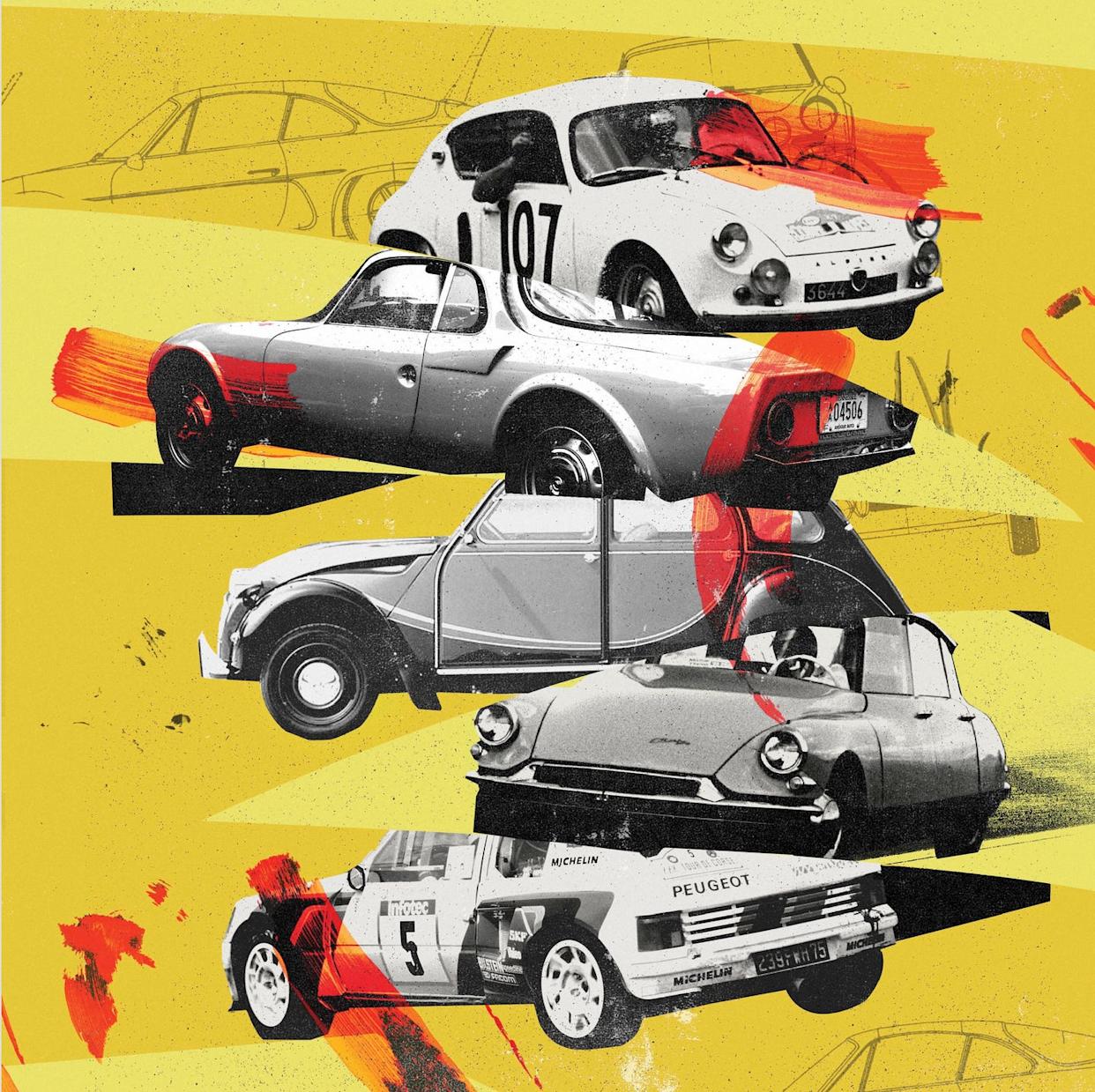
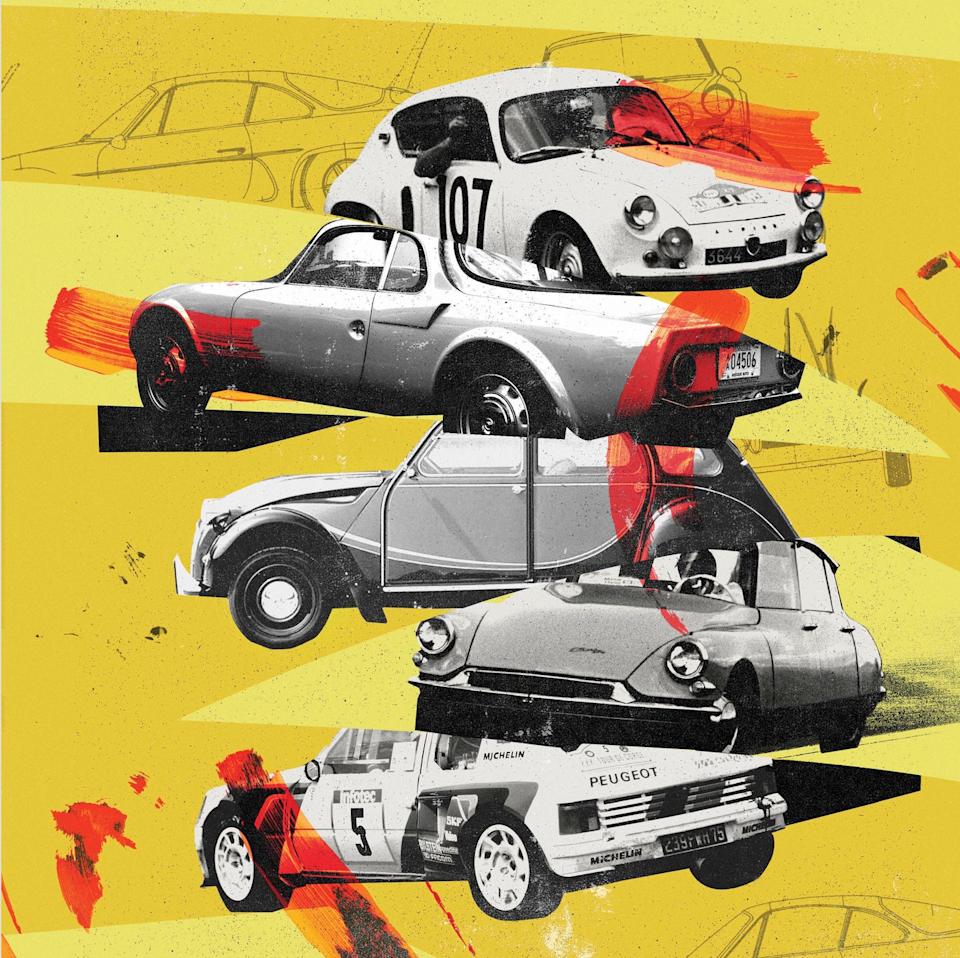
The automobile was not invented in France; it emerged in several places almost simultaneously in the late 19th century. But France made it weird.
This story originally appeared in Volume 30 of Road & Track.
There are good reasons for this. First, unlike in other early car-producing countries, the automotive industry—including foundational French manufacturers such as De Dion Bouton, Panhard, and Renault—was centralized in the capital. “Everything was in the same place: finance, politics, industry, fashion. It was all in Paris,” says Sébastien Faurès, an aeronautical engineer and co-founder of the French automotive historical society Patrimoine et Histoire de l’Automobile en France.
Paris, a global artistic epicenter, was at that time a seminal locus of modernism. This emergent style attempted to make sense of industrialization’s unmooring of political and fiscal hierarchies, as well as the undermining of socioreligious beliefs by then-novel scientific insights like evolution.
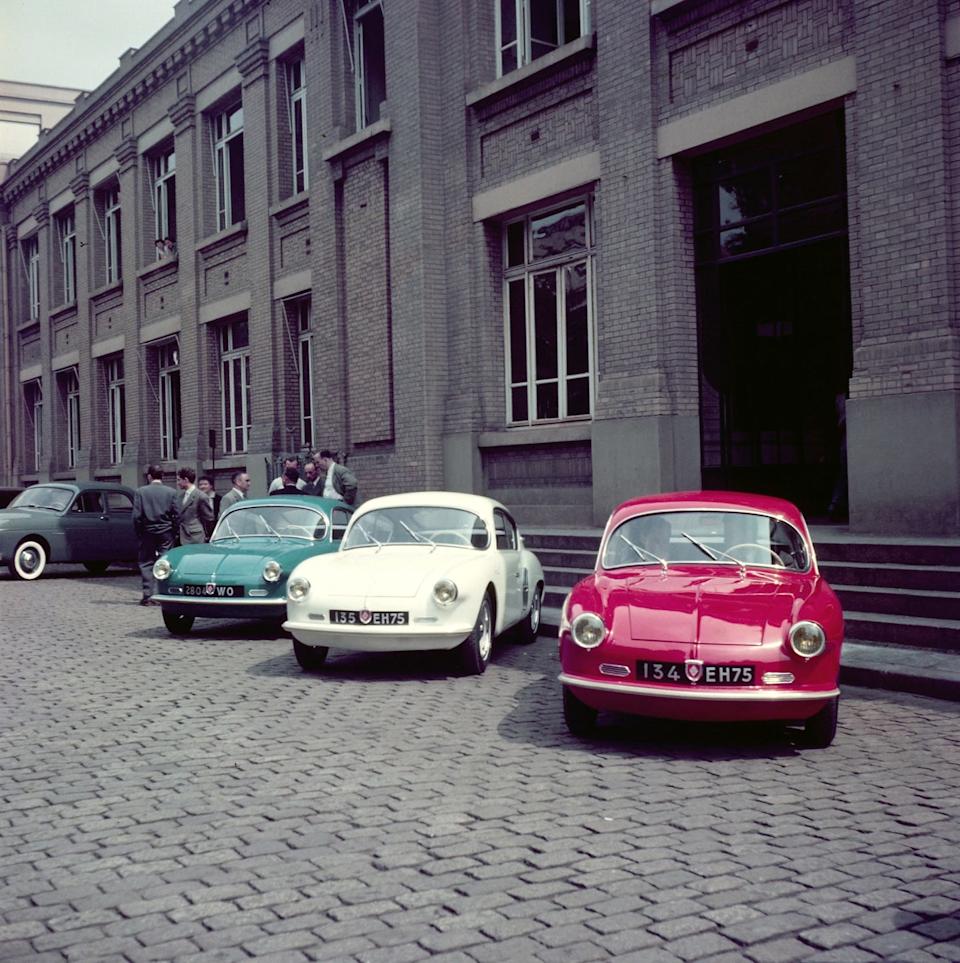
France was forward-thinking culturally—and industrially. “French manufacturers were oriented toward the future,” Faurès says. “They were not going to copy the past.” The country enthusiastically embraced technology, creating a series of government-funded engineering schools in the 19th century to train designers of infrastructure and transportation. The automobile thus became central to French faith in progress.
The 1900 Paris Exposition “promoted all that was modern, clean, tasteful, and technical,” says Éamon Ó Cofaigh, a professor of French language and culture at the University of Galway in Ireland and author of A Vehicle for Change: Popular Representations of the Automobile in 20th-Century France.

Parisian avant-gardism had an outsize influence on early-20th-century car design. “We talk about l’exception française,” Ó Cofaigh says. “There’s a quirky kind of engineering and design that fits into this idea of cultural individualism—basically, the idea that the French can stand apart a little bit, they can stand back from international norms.”
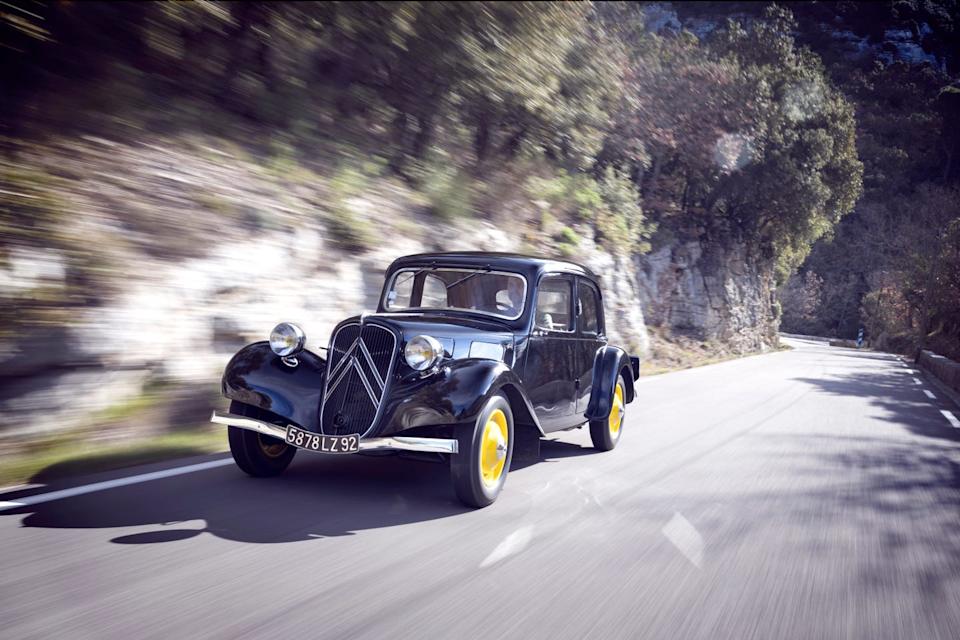
Next, France’s aeronautical leadership during World War I provided aircraft and engine manufacturers such as Hispano-Suiza, Lorraine-Dietrich, Voisin, and Farman with a significant financial boost. After the war, they pivoted to creating outlandish cars for the emerging luxury market, applying technologies developed for aircraft, including lightweight construction and overhead camshafts, Faurès explains.
To clothe the advanced rolling chassis these brands were crafting, a coterie of coachbuilders sprang up. In their ateliers, French car design found its oddball apotheosis. Influenced by scientific aerodynamics, carrosseries such as Vanvooren, Figoni et Falaschi, Hibbard & Darrin, and Saoutchik crafted lunatic Streamline Moderne designs. Outré elements included round doors and windows, elongated and spatted front fenders, electromagnetic clutches, and pneumatically suctioned retractable roofs. “Design may have been prioritized even at the expense, perhaps, of mobility,” Ó Cofaigh says.
This alluring sophistication filtered into the mass market, in no small part thanks to the adventurous spirit of André Citroën and the company he founded in 1919. “Citroën was a gambler,” Faurès says. “He went to the casinos. He was very open-minded. He always wanted to innovate.”
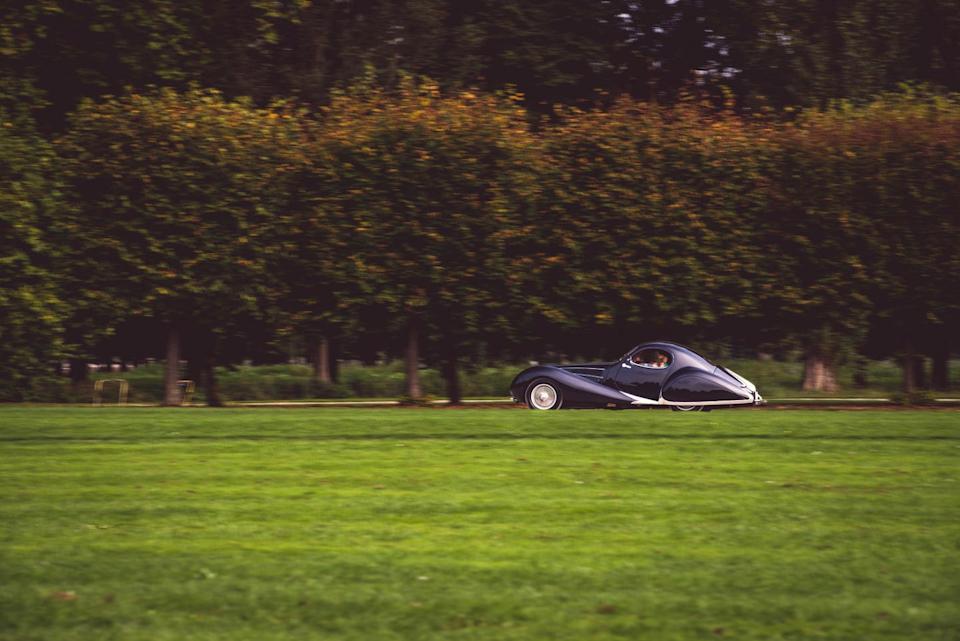
To do so, he hired designer Flaminio Bertoni and engineer André Lefebvre. Their visionary collaboration was responsible for three cars that changed French motoring and championed domestic automotive eccentricity: The recumbent gangster-leaning Traction Avant (1934–57), the world’s first mass-produced front-wheel-drive, monocoque-bodied car. The 2CV (1949–90), a tinny, pop-eyed, air-cooled, front-wheel-drive contraption that literally drove postwar France (albeit slowly). And the DS (1955–75), a squatly elegant car in spaceship drag whose front disc brakes, transmission, and levitating suspension were hydropneumatic.
These vehicles were radicalizing benchmarks, starting with the Traction Avant. “No other car was as modern,” Faurès says. “It obliged the rest of the manufacturers to include a minimum of modern features to ensure that the gap was not increasing between Citroën and them.” To amortize its staggering investment and tooling costs, Citroën produced the cars in decades-long iterative series. Their influence was both intense and durable.
These cars, their derivatives, and their competitors set the standard for the idiosyncratic French ride, incorporating quality roadholding with long suspension travel. This was driven in part by necessity. “France is a large country by European standards,” Ó Cofaigh says, less densely populated and more agrarian. Suspension engineering had to take into consideration high-speed comfort for driving long distances on paved roads as well as use on unpaved rural roads.
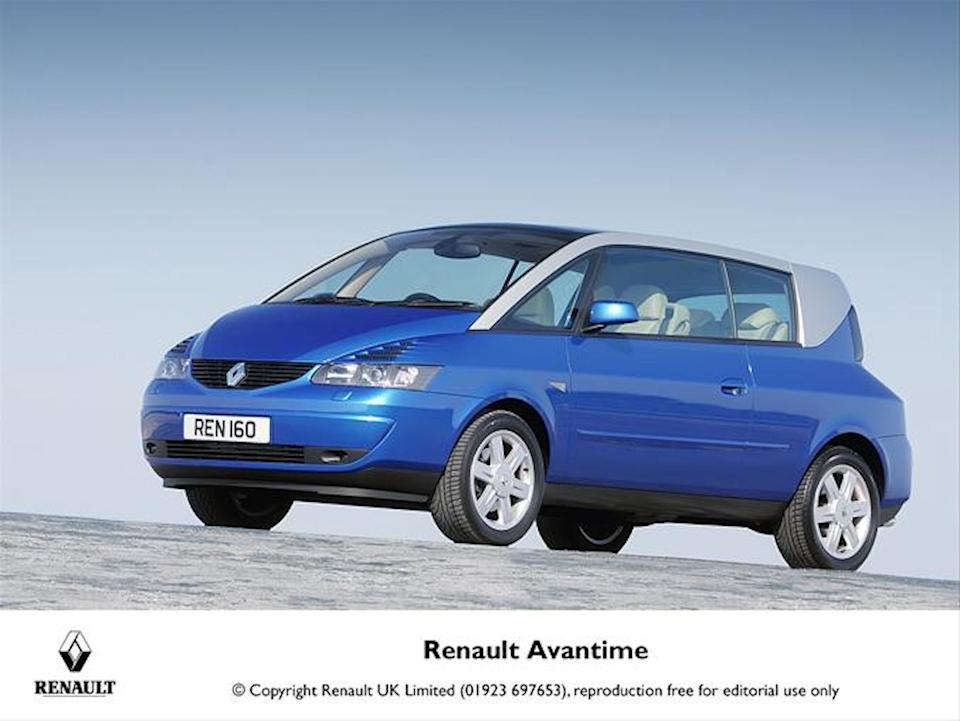
Perhaps most notably, all of this quirkiness germinated for decades in a captive automotive petri dish. France has historically accounted for a meager share of car exports. In 2024, it was responsible for just 2.4 percent of global automotive exports of passenger vehicles, a fraction of what Germany did and less than even Slovakia. And the majority of new cars registered in France come from the Renault Group and Stellantis, parent company of Peugeot and Citroën. France’s love of French cars creates a feedback loop resistant to external influence. When animals evolve in an atypical self-sustaining system, it yields outliers. French cars are the axolotls of the automotive world.
Ó Cofaigh theorizes that French automakers, facing less pressure to conform to international tastes, have been able to be riskier, pioneering, and daring in terms of design. “Rather than going for beauty, they can be more experimental, more distinctive,” he says.
This played out in Citroën’s paradigm breaks and in developments from other marques. Alpine became one of the first European automakers to use fiberglass body panels when it released the 1955 A106. In 1962, Automobiles René Bonnet unveiled the first mid-engine production road car, the Djet, and the 1973 Matra-Simca Bagheera was an innovation as a three-seater sports car. In the Eighties, Renault and Peugeot shoehorned turbocharged engines behind the front seats of their bare-bones econoboxes to create the rad rally homologation cars that were the 5 Turbo and the 205 T16.
The oddness endures in this century. Consider the pillarless two-door coupe 2002 Renault Avantime quasi minivan. The two-passenger tandem 2012 Renault Twizy limited-range EV. The polyurethane-bubble-wrapped 2014 Citroën C4 Cactus crossover.
It may also be relevant that, since World War II, one of the largest shareholders in Renault, the best-selling French car company, has been the French government. Therefore, Renault is essentially a nationalized industrial giant, fundamentally protected from failure and thus free to experiment.
Is any of this solving for anything? It’s unclear. But maybe it doesn’t matter. In a globalized market dominated by blandified look-alike crossovers, enunciated oddness feels enlivening and compelling.

A car-lover’s community for ultimate access & unrivaled experiences.JOIN NOW Hearst Owned
You Might Also Like

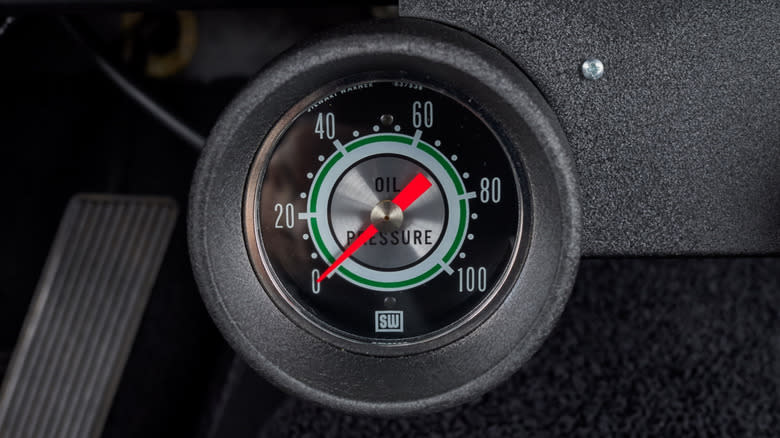





Comments